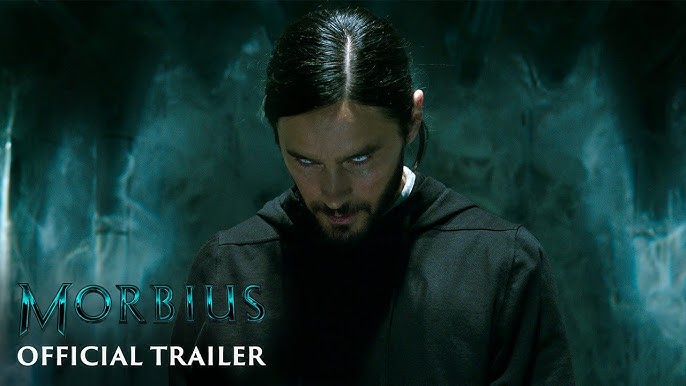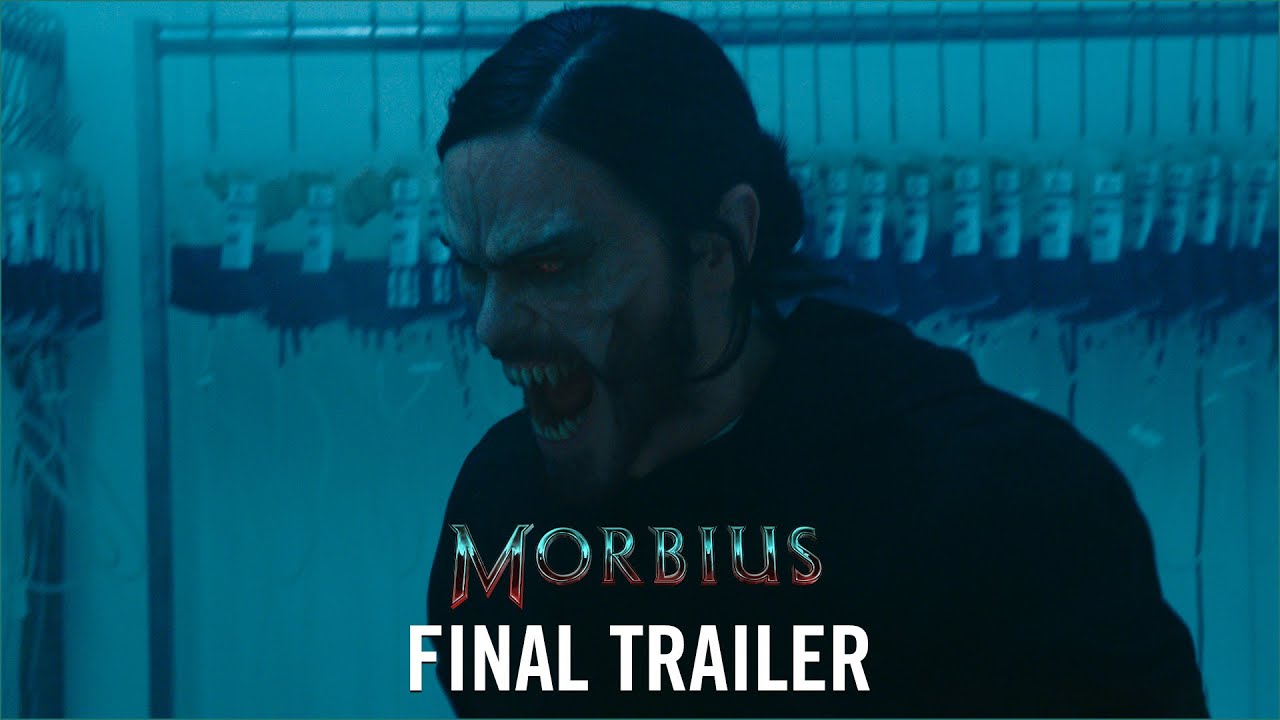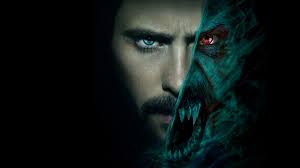Morbius 2: Living Vampire’s Loony Lament

Morbius 2: Living Vampire’s Loony Lament
Jared Leto returns as the iconic antihero, Morbius, in a sequel that dives deeper into the chaos of both science and the supernatural. After narrowly escaping death in the first installment, Morbius has fully embraced his darker side, finding himself caught between the realms of vampire instincts and his scientific genius. The streets of New York are still alive with his bloodthirsty hunt, but this time, his world is turned upside down by new enemies, allies, and his own descent into madness.
This time, however, the stakes are higher. Not only is Morbius struggling with his monstrous urges, but the madness that surrounds him has grown even more palpable. Enter Tobey Maguire, returning not as Spider-Man, but as a character who represents a ghost from Morbius’ past—someone whose dark connection with the vampire draws them both into a volatile and unexpected alliance. Maguire’s character is a shadow of his former self, a man burdened with the weight of past mistakes, grappling with his own demons while trying to navigate a world that’s been twisted by vampirism. His role is filled with a mix of melancholy and humor, a haunted figure caught between the light and the dark.
Adria Arjona joins the cast as an empathic figure who becomes entangled with Morbius’ tragic existence. Her character brings a sense of grounding to the madness that envelops Morbius, offering him a brief moment of peace amidst his growing delusion. Arjona’s performance is filled with subtle sorrow and determination, making her one of the most intriguing characters in this strange new chapter of Morbius’ life.
The movie’s tone is unmistakably surreal, combining elements of horror, dark comedy, and deep emotional introspection. The world of Morbius has expanded from a simple vampire tale to something far more intricate. The streets of New York City are alive with neon nightmares that set the stage for a journey through a fantastical, grotesque underworld where the lines between villain and hero, science and the supernatural, are blurred. The film doesn’t shy away from its gothic elements, offering sequences drenched in eerie, surreal imagery that add to the film’s unhinged, delirious atmosphere.
At its core, Morbius 2: Living Vampire’s Loony Lament is a descent into a world where laughter and terror go hand in hand. The action sequences are intense, often balancing Morbius’ brutal, bloodthirsty instincts with moments of bizarre, almost vaudevillian comedy. The film delivers on both the horror and the humor, as Morbius’ journey takes him through a labyrinth of madness and despair, where even his closest allies seem as unstable as he is.
As much as the film is about chaos and carnage, it also delves into Morbius’ struggle with his identity. Is he the monster everyone fears, or the tragic hero trying to redeem himself from his past mistakes? The juxtaposition of Leto’s erratic performance with Maguire’s grounded portrayal creates a strange but captivating dynamic. Their relationship adds another layer of complexity, as both characters are caught in a spiral of fate that neither can escape.
The film’s humor is dark, but there’s an undeniable charm to it. Morbius, despite being a vampire, is presented as an antihero who laughs in the face of adversity, while still trying to hold onto some remnants of his humanity. The way the film balances this with the darker moments—when Morbius loses himself to the beast inside—creates a compelling mix of emotions that keeps the audience on edge.
The villainy in the film is amplified by new threats that enter Morbius’ life. New Nightstalker characters are introduced, each more bizarre than the last, playing off of the theme of chaos and unpredictability. These characters not only serve as formidable foes to Morbius but also highlight the unpredictable nature of the universe he inhabits. The stakes are higher than before, and Morbius must face not only external dangers but also the darkness festering within himself.
One of the more fascinating aspects of this sequel is how the film plays with its own identity. It understands the absurdity of its premise and embraces it fully, using humor to undercut some of its most intense and graphic moments. It’s a self-aware, almost self-parodic approach that adds a layer of depth to the film’s exploration of the absurdities of being a vampire in the modern world. The idea that Morbius, a being that should be feared, finds himself in situations so surreal and almost slapstick, makes for an interesting contrast.
The film is undeniably over the top, but in a way that works. The gothic set pieces, the over-the-top action sequences, and the bizarre, unsettling performances create a chaotic world that feels alive with possibilities. It’s a world where vampires are as likely to crack jokes as they are to tear through their enemies. There’s a constant feeling of impending doom, but that doom is laced with an unmistakable sense of joy and freedom, as if the madness is the only thing keeping the characters grounded.
What makes Morbius 2 stand out from other superhero and vampire movies is how it manages to be both grotesque and funny, both tragic and absurd. The blood is real, the stakes are high, but there’s always a sense of humor lurking beneath the surface, making it feel like the film is in on its own joke. This blend of horror, humor, and heart is what makes the film unique and sets it apart from the usual fare in the superhero genre.
Morbius 2: Living Vampire’s Loony Lament ultimately lives up to its name, offering a wild, unpredictable ride through the night. It doesn’t just ask the question of what it means to be a vampire; it asks what it means to be human when you’re living a life that straddles both worlds. The film leaves you both laughing and cringing, fascinated by the madness that Morbius embraces—and that you, the audience, can’t help but get swept up in.
Verdict: 8.2/10 – A delirious, darkly funny flight through gothic giggles and gory glamour. The living vampire lives louder than ever.







